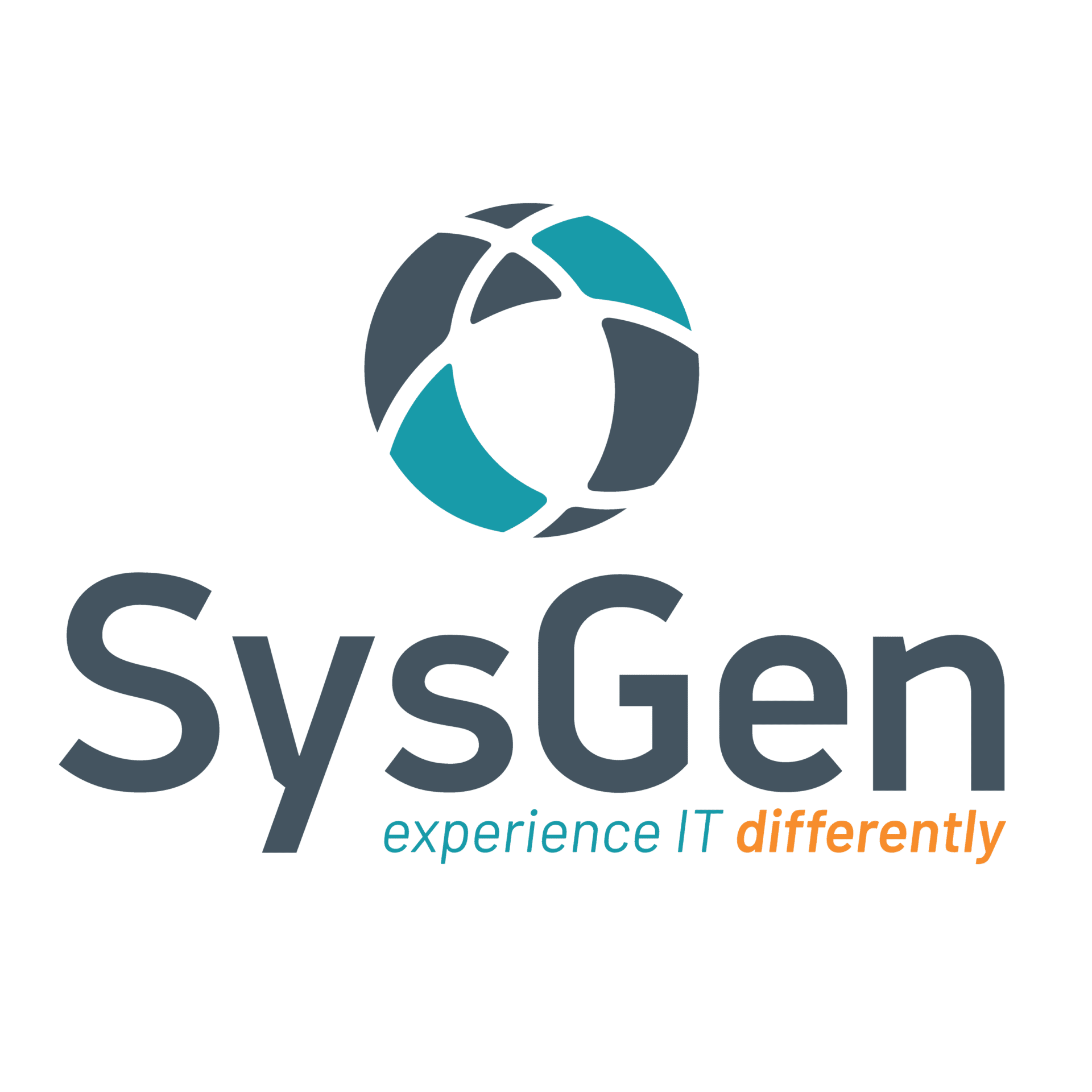Table of Contents
What is Microsoft Intune and How Does it Work?
Microsoft Intune is a cloud-based device management platform that offers organizations a safe way to manage and secure their mobile devices and workstations. It allows administrators to centrally manage devices, control access to corporate resources, and enforce security policies across organizations.
What is Microsoft Intune?
Microsoft Intune is a comprehensive cloud-based service designed to streamline and enhance mobile device management (MDM) and enterprise mobility in today’s digital workplace. Microsoft Intune helps organizations to securely manage and control a wide array of devices, including smartphones, tablets, laptops, and desktops. With Microsoft Intune, IT administrators can enforce security policies, configure device settings, deploy, and manage applications, and ensure data protection across a diverse range of devices, all from a user-friendly console. Its wide range of features not only improves device security and compliance but also enables remote management, making it an essential tool for businesses seeking to maintain control and efficiency in an increasingly mobile and remote workforce landscape.
Definition and Purpose
Microsoft Intune streamlines the management and security of mobile devices, applications, and data for organizations. Its primary purpose is to help IT administrators control devices, enforce security policies, and manage applications to ensure a productive and secure digital workspace. It also facilitates remote management and compliance monitoring.
Key Features of Microsoft Intune
- Mobile Device Management (MDM): Microsoft Intune provides robust MDM capabilities, allowing organizations to remotely configure, monitor, and secure a wide range of devices, ensuring compliance and data protection.
- Application Management: With Intune, administrators can effortlessly deploy and manage applications on employee’s devices, ensuring they have access to the right tools while maintaining security and compliance.
- Conditional Access: Intune offers conditional access policies, enabling organizations to control access to corporate resources based on device compliance, and enhancing security by restricting access to only trusted and compliant devices.
Benefits of using Microsoft Intune
Microsoft Intune benefits include enhanced security through device policies, comprehensive management of various device types, controlled app distribution, compliance enforcement, conditional access, remote troubleshooting, automated updates, seamless integration with Microsoft 365 services, cost-efficiency, improved user productivity, support for multiple platforms, and scalable solutions. Overall, Intune serves as a versatile and effective solution for organizations seeking to manage and secure their diverse range of mobile and endpoint devices while enhancing operational efficiency.
How Does Microsoft Intune Work?
Microsoft Intune operates as a cloud-based platform that works by securely connecting and managing a variety of devices and applications within an organization. It begins with the enrollment of devices, where they are configured and brought under Intune’s management. Once enrolled, IT administrators can establish and enforce security policies, such as encryption and access controls, ensuring that corporate data remains protected. Intune’s application management capabilities allow for the seamless distribution of business apps, both in-house and third-party, to employees’ devices. Additionally, it offers comprehensive monitoring and reporting tools to track compliance and security incidents.
Integration with Microsoft 365
The integration of Microsoft Intune and Microsoft 365 is seamless and provides a sense of device elevation, application, and data management. Conditional access policies can be tailored to ensure that only compliant devices can access Microsoft 365 services, while Intune extends its application management capabilities to secure Microsoft 365 apps on users’ devices. With a unified management console, administrators can efficiently oversee settings, deployment, and monitoring, streamlining tasks and fortifying security measures. In conclusion, the collaboration between Microsoft Intune and Microsoft 365 offers organizations a holistic solution that combines productivity with robust security and compliance across their digital ecosystem.
Device Enrollment
Device enrollment with Microsoft Intune is a straightforward process that enables organizations to bring various devices, including smartphones, tablets, laptops, and desktops, under centralized management. It begins when a user initiates the enrollment process on their device, typically by downloading the Intune Company Portal app or accessing an enrollment link provided by their organization. During enrollment, the device establishes a secure connection with the Intune service and registers with the organization’s Azure Active Directory for user authentication. After enrollment, IT administrators can configure and apply security policies, deploy applications, and ensure compliance remotely. This process streamlines device provisioning and ensures that devices are consistently managed and secured according to the organization’s policies, enhancing overall device security and management efficiency in the modern workplace.
Policy Configuration
Policy configuration with Microsoft Intune is a pivotal aspect of managing and securing devices in an organization’s digital environment. Administrators use the Intune console to create and customize policies tailored to their specific security and compliance requirements. These policies have a wide range of settings, including device security, app management, and data protection. After it is configured, policies are applied to targeted device groups or users, ensuring that the appropriate security measures and restrictions are enforced. Intune’s policy engine continuously monitors devices and ensures compliance, automatically remediating any deviations from defined policies. This approach simplifies the management of diverse devices and ensures that they adhere to an organization’s standards.
Application Deployment
Application Deployment with Microsoft Intune is a streamlined process that enables organizations to efficiently distribute and manage software across their devices. Intune leverages cloud-based management, making it accessible from anywhere. First, administrators define deployment policies, specifying which apps should be installed on which devices or user groups. These policies can include settings for installation behavior, updates, and uninstallation. Intune then communicates with the targeted devices, initiating the installation process. Devices check in with the Intune services regularly, ensuring they stay compliant with the defined policies. Administrators can monitor deployment progress, troubleshoot issues, and adjust in real-time through the Intune console. This approach simplifies software distribution, enhances security, and enables organizations to keep their applications up to date across their fleet of devices easily.
Security and Compliance with Microsoft Intune
Microsoft Intune plays a pivotal role in ensuring security and compliance within organizations. By easily integrating with Microsoft 365, it empowers businesses to safeguard their digital assets and adhere to regulatory standards effectively. Intune enables centralized management of devices, apps, and data, allowing IT administrators to enforce security policies consistently across a diverse range of endpoints, from smartphones and tablets to laptops and desktops. With features such as conditional access, mobile application management, and threat protection, it offers comprehensive protection against evolving cyber threats. Intune provides granular control over data access and encryption, ensuring data remains secure even when accessed from remote or unmanaged devices. Its reporting and auditing capabilities facilitate compliance monitoring and reporting, helping organizations meet regulatory requirements.
Data Protection and Encryption
Microsoft Intune is a key component in the realm of data protection and encryption. With its robust range of security features, Intune helps organizations protect sensitive information across a span of different devices and platforms. It enables administrators to enforce encryption policies, ensuring that data is protected both when being used and not being used. Intune’s conditional access capabilities allow for secure control over data access, permitting only authorized users and compliant devices to access sensitive information. Additionally, it provides secure app management, allowing organizations to carry and protect corporate data within mobile apps. Whether it’s securing emails, documents, or other sensitive assets, Intune offers a comprehensive set of tools to keep data safe and compliant with standards and regulations. This level of data protection and encryption is crucial in today’s digital landscape, where threats to sensitive information are present.
Conditional Access
Conditional access with Microsoft Intune is a security mechanism that enables organizations to enforce control over data access based on specific conditions. This feature allows administrators to define access policies that consider factors such as user identity, device health, location, and application sensitivity. With conditional access, only authenticated users using authorized and trusted devices, and meeting predefined criteria, are granted access to corporate resources. For example, an organization can restrict access to sensitive data unless the user is using a device with up-to-date security patches and is connecting from an approved location. This level of control helps organizations strengthen their security posture, reduce risks, and ensure that data remains protected from unauthorized access, even in an increasingly mobile and remote work environment.
Compliance Monitoring and Reporting
Compliance monitoring and reporting with Microsoft Intune are helpful for organizations aiming to maintain adherence to regulatory standards and security best practices. Intune provides robust tools to continuously assess the compliance status of devices, applications, and data within the organization. Through its comprehensive reporting capabilities, administrators can gain real-time insights into the security posture of their environment. These reports highlight areas of non-compliance and offer actionable recommendations for remediation. This proactive approach empowers organizations to identify and address security gaps swiftly, reducing the risk of data breaches and compliance violations. Intune’s audit logs and historical reporting also aid in documenting compliance efforts, ensuring organizations have the necessary documentation to satisfy regulatory requirements and demonstrate due diligence in security and compliance matters. In summary, Microsoft Intune’s compliance monitoring and reporting capabilities are invaluable for organizations seeking to maintain a secure and well-regulated IT environment.
Getting Started with Microsoft Intune
To get started with Microsoft Intune, follow these straightforward steps. Begin by ensuring your organization has an active Microsoft 365 subscription, as Intune is typically integrated with it. Next, access the Microsoft 365 Admin Center using your administrator account, which serves as the central hub for managing your Intune deployment. Purchase and assign the necessary Intune licenses to users or groups within your organization responsible for device management and security policies. Then, you will need to configure Intune settings within the Admin Center to define policies, compliance rules, and security settings tailored to your organization’s needs. Devices should be enrolled, either by users following the provided enrollment process or by administrators performing bulk enrollment for company-owned devices. Create and apply policies for device security, app management, and data protection. Regularly monitor the Intune dashboard for insights into device compliance, security incidents, and system health, and troubleshoot issues as they arise. Educate users on interacting with Intune-managed devices and apps and provide guidance on compliance requirements. As your organization grows, scale and optimize your Intune deployment, and stay informed about Microsoft Intune updates, security bulletins, and best practices to maintain a secure and compliant environment.
Setting up Microsoft Intune
Setting up Microsoft Intune involves a series of steps to establish an effective mobile device management and security solution for your organization. First, ensure you have a Microsoft 365 subscription, as Intune is typically integrated with it. You can access the Microsoft 365 Admin Center using your administrator account, which serves as the control center for managing Intune. Second, purchase and assign Intune licenses to the relevant users or groups within your organization. Then, configure Intune settings in the Admin Center, customizing policies, compliance rules, and security settings to align with your organization’s requirements. Devices can be enrolled through user self-enrollment or bulk enrollment for company-owned devices. After, you can define and apply policies for device security, app management, and data protection. Regularly monitor the Intune dashboard to track device compliance, security incidents, and system health, and promptly address any issues that arise. Lastly, educate users on how to interact with Intune-managed devices and apps, ensuring they understand compliance requirements. As your organization grows, scale and optimize your Intune deployment and stay informed about updates and best practices to maintain a secure and efficient environment.
Best Practices for a Successful Implementation
Implementing Microsoft Intune successfully involves following best practices to ensure efficient device management and security. Start by defining clear goals and objectives for your deployment, considering your organization’s specific needs and compliance requirements. Plan and design your Intune policies and configurations, accordingly, tailoring them to align with your security policies and user workflows. It is essential to maintain a consistent naming convention for policies, profiles, and groups to streamline management. Regularly review and update policies to adapt to evolving security threats and business changes. You can test Intune with a small group of users before rolling it out organization-wide to identify and address any potential issues. Implement role-based access control to limit access to Intune features and data, following the principle of least privilege. Finally, invest in user training and support to ensure that both IT staff and end-users understand how to utilize Intune effectively. By adhering to these best practices, your organization can achieve a successful and secure implementation of Microsoft Intune.
Need help implementing Microsoft Intune?
Connect with SysGen today to learn about our locally managed IT services in Calgary, Edmonton, Red Deer, and the Okanagan.



